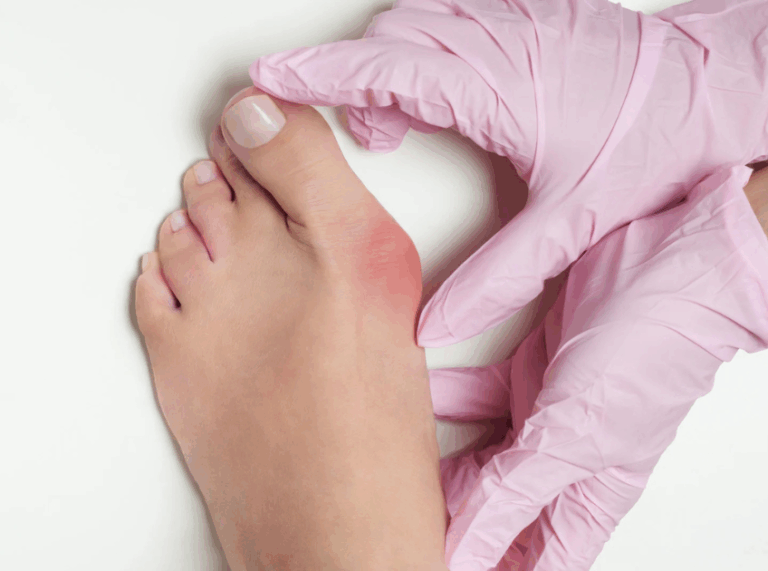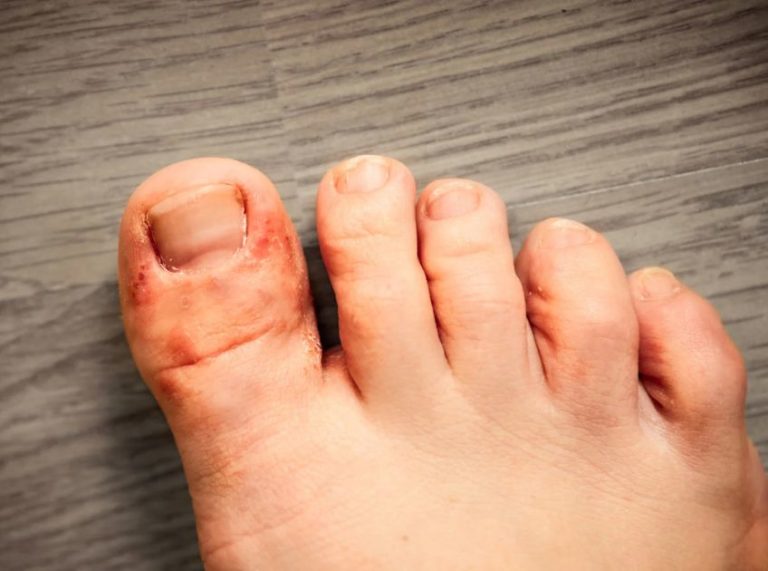
Important: This article is for informational purposes only. Please read our full disclaimer for more details.
If you’ve ever experienced a sharp, radiating pain that starts in your lower back and travels down your leg, you may have dealt with sciatica. This condition isn’t a diagnosis in itself but a symptom of underlying issues such as a herniated disc, bone spur, or spinal stenosis pressing on the sciatic nerve. The pain can be mild or debilitating, often accompanied by tingling, numbness, or muscle weakness. While medical treatment may be necessary in severe cases, many people find relief through safe, home-based remedies (1) that reduce inflammation, relax muscles, and support healing.
Meet the Sciatic Nerve: The Body’s Longest Messenger
The sciatic nerve is the largest in the human body, running from the lower spine through the hips, buttocks, and down each leg. Because it travels such a long path, irritation anywhere along the route can cause pain that radiates far from the source. Understanding this anatomy is crucial: sciatica isn’t just about your back—it’s about the nerve’s entire pathway.
7 Natural Home Remedies for Sciatica Pain Relief
1. Heat and Cold Therapy
- How it helps: Cold packs reduce inflammation and numb sharp pain, while heat therapy relaxes tight muscles and improves blood flow.
- How to use: Apply a cold pack for 15–20 minutes several times a day during the first 48 hours, then switch to a heating pad or warm compress. Alternate if needed.
2. Anti-Inflammatory Foods and Spices
- How it helps: A diet rich in anti-inflammatory compounds can reduce nerve irritation.
- Best foods: Turmeric, ginger, fatty fish (rich in omega-3s), berries, leafy greens, and nuts.
- Scientific note: A review in the Journal of Medicinal Food highlighted turmeric’s active compound, curcumin, for its ability to lower inflammation and oxidative stress—both linked to sciatica pain.
3. Gentle Stretching and Yoga
- How it helps: Stretches targeting the hamstrings, hips, and lower back relieve pressure on the sciatic nerve.
- Best options: Pigeon pose, seated hamstring stretches, and child’s pose.
Tip: Move slowly and avoid overstretching; discomfort should not turn into pain.
4. Massage Therapy with Essential Oils
- How it helps: Massage improves circulation, reduces muscle tightness, and promotes relaxation.
- DIY option: Mix a few drops of peppermint or lavender essential oil with a carrier oil and gently massage the lower back and buttocks.
- Scientific note: Studies suggest massage therapy reduces chronic lower back pain and improves function.
5. Epsom Salt Bath
- How it helps: Magnesium in Epsom salt relaxes muscles and eases nerve tension.
- How to use: Add 1–2 cups of Epsom salt to a warm bath and soak for 20 minutes.
Tip: This remedy also reduces stress, which can worsen pain perception.
6. Posture and Ergonomic Adjustments
- How it helps: Poor posture places unnecessary pressure on the sciatic nerve.
- Adjustments to make:
- Use a chair with lumbar support.
- Keep your feet flat on the ground while sitting.
- Alternate between sitting and standing.
- Scientific note: Research in the Spine journal confirms that ergonomic interventions significantly reduce lower back strain.
7. Herbal Remedies for Pain Relief
- How it helps: Certain herbs act as natural anti-inflammatories.
- Examples:
- Willow bark: Sometimes called “nature’s aspirin.”
- Devil’s claw: Shown in studies to reduce back pain.
- Turmeric supplements: Support long-term inflammation control.
- Caution: Always check with your doctor before combining herbs with medications.
Move with Care: Safe Exercise Tips for Sciatica Relief
While rest may help initially, prolonged inactivity can actually worsen sciatica. Light movement and strengthening exercises help stabilize the spine and relieve pressure on the sciatic nerve.
- Do: Short walks, core-strengthening exercises, gentle yoga.
- Avoid: High-impact workouts, heavy lifting, or twisting movements during flare-ups.
- Pro tip: Consult a physical therapist for a personalized exercise plan that supports recovery without aggravating symptoms.
The Science Behind These Remedies
- Heat therapy improves tissue elasticity and blood circulation, aiding healing (2).
- Cold therapy reduces nerve conduction velocity, lowering pain perception (3).
- Nutritional interventions (like omega-3s and turmeric) are backed by studies linking them to reduced chronic inflammation (4).
- Exercise and stretching increase endorphins, the body’s natural painkillers, while improving mobility (5).
- Together, these approaches provide a holistic way to manage sciatica at home.
Frequently Asked Questions (FAQ’S)
1. How long does sciatica usually last?
A. Most cases improve within 4–6 weeks with self-care and conservative treatments. Persistent pain beyond this time may need medical evaluation.
2. Can home remedies completely cure sciatica?
A. They can relieve symptoms and support healing, but won’t fix the underlying cause (e.g., herniated disc). Severe or chronic cases require medical treatment.
3. When should I see a doctor for sciatica?
A. Seek medical help if you experience severe pain, weakness in the legs, loss of bladder/bowel control, or if symptoms persist longer than a few weeks.
Final Thoughts
Sciatica can disrupt daily life, but natural remedies—from heat therapy to anti-inflammatory foods—offer safe, effective relief. Remember, these methods work best when combined with proper posture, gentle movement, and professional guidance when necessary. While home remedies can make a significant difference, always listen to your body and consult a healthcare provider if symptoms are severe or persistent.















